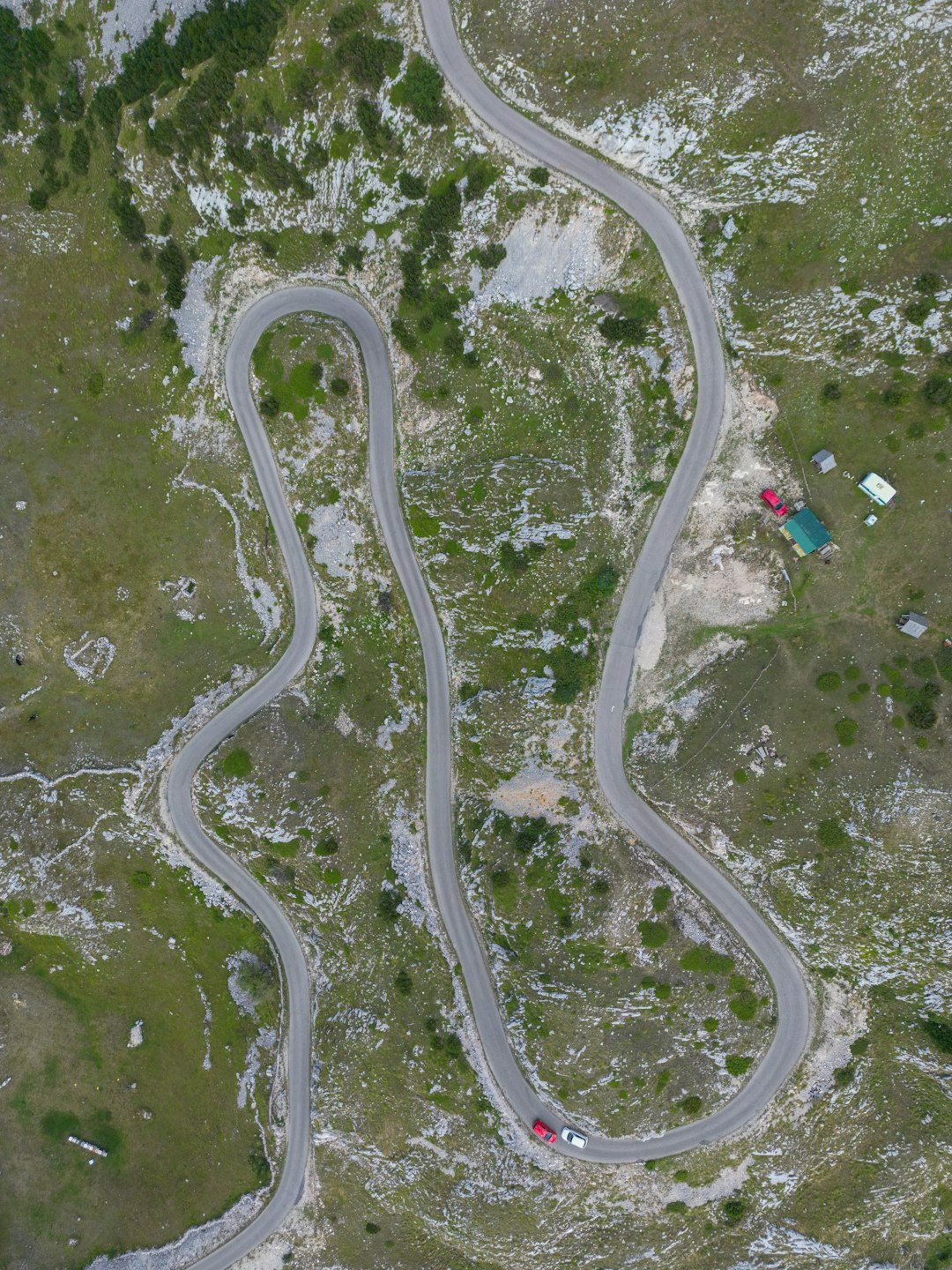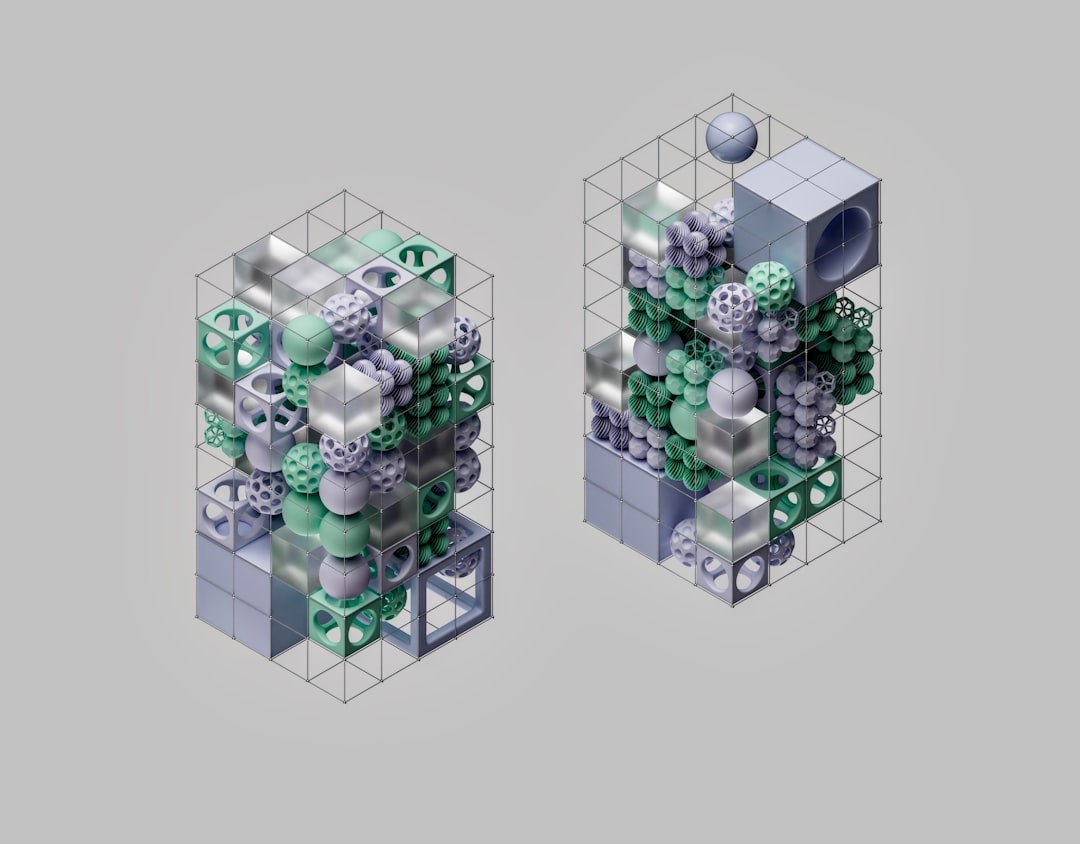Best Mapping Software for Creating Custom Maps
5 min read
Creating custom maps has become an essential tool in a wide variety of fields, from business analytics and urban planning to travel blogs and data visualization. With the technological advancements of the past decade, a number of mapping software platforms have emerged, making it easier than ever to create interactive, personalized, and beautifully designed maps. Whether you’re visualizing sales data, planning road trips, or crafting geospatial art, the right mapping software can transform raw location data into compelling visual stories.
In this article, we’ll explore the best mapping software for creating custom maps. We’ll break down their unique features, usability, and pricing, helping you choose the platform that aligns best with your goals.
1. Google My Maps
Google My Maps is a popular choice for users who need an easy and flexible way to create custom maps. It’s part of the Google Maps suite and allows users to plot multiple locations, customize pins, draw lines and shapes, and add layers to create detailed geography-based visualizations.
- Pros: Free to use, integrates with Google Drive, easy to share
- Cons: Limited styling options, not ideal for complex data visualization
Google My Maps is perfect for educators, travelers, or anyone who wants to create simple route maps or highlight points of interest.

2. ArcGIS Online by Esri
For professionals in fields like urban development, disaster management, and government planning, ArcGIS Online is one of the most powerful platforms available. Developed by Esri, this cloud-based GIS mapping tool lets users create detailed interactive maps with analytical capabilities and complex data overlays.
ArcGIS stands out for its depth of functionality, including spatial analysis, real-time data layers, and demographic insights.
- Pros: Professional-grade tools and analytics, scalable for enterprise
- Cons: Steeper learning curve, requires subscription
Although it may be too robust for casual users, it’s an industry-standard in mapping for good reason.
3. Mapbox
If customization and performance are top priorities, Mapbox is a standout platform. This developer-focused mapping service is used by apps like Uber and Snapchat. Mapbox gives you complete control over map style, behavior, and data down to the pixel level.
Designed for developers and data analysts, Mapbox’s styling tools and APIs allow for extensive map manipulation.

- Pros: Highly customizable, great performance for web and mobile apps
- Cons: Requires coding knowledge, pricing can be high at scale
This is the platform to choose if you’re building your own application or want to produce dynamic, stylized maps.
4. QGIS (Quantum GIS)
QGIS is a free and open-source mapping software popular among GIS professionals. Unlike some web-based options, QGIS is a desktop application and offers robust tools for data processing, spatial analysis, and map composition.
QGIS supports a vast array of file formats and plugins, allowing for almost limitless customization. It also works seamlessly with Python, which is a bonus for users who want to automate tasks or extend its functionality.
- Pros: Free, open-source, extremely powerful
- Cons: Steeper learning curve, not web-based
If you’re serious about GIS and want complete data control, QGIS is hard to beat.
5. Canva Maps
Though Canva is primarily known as a graphic design tool, it has a surprisingly useful map generator feature suited for presentations, infographics, and storytelling. Canva templates allow users to add custom colors, icons, and text without needing any GIS knowledge.

- Pros: Beginner-friendly, visually appealing maps for marketing or education
- Cons: Not GIS-based, limited to static maps
Perfect for marketers, teachers, and public speakers, Canva offers a highly approachable way to add mapping visuals to your creative projects.
6. Scribble Maps
Scribble Maps provides a user-friendly interface for drawing and annotating over maps. It offers various features, including distance measurement, shape drawing, and file export options for custom maps. It’s particularly handy for planning, logistics, or event layouts.
- Pros: Easy to use, quick map creation, GPS integration
- Cons: Lacks deeper data analysis tools
Scribble Maps fills a niche for users looking to quickly draw and interact with custom maps without needing a deep tech background.
7. ZeeMaps
ZeeMaps is an online platform that allows users to plot data from spreadsheets onto maps effortlessly. Users can categorize pins by color, create heatmaps, and even enable viewers to interact and contribute to maps. It’s great for team collaboration and data-rich visual storytelling.
- Pros: Spreadsheet integration, real-time updates, collaboration features
- Cons: Less stylish visually compared to competitors
Ideal for sales tracking, logistics logistics, or non-profits wanting to crowdsource location data, ZeeMaps is a straightforward option for data-driven mapping.
8. Mapme
Mapme allows non-technical users to create interactive maps that can be embedded into websites. With Mapme, you can add rich multimedia to your markers including videos, images, and links. It’s a favorite for tourism, real estate, and local guides.
- Pros: No coding required, beautiful visual layouts, multimedia support
- Cons: Can be expensive for premium features
This platform is great for storytelling and marketing where the visitor experience of the map is key.
How to Choose the Right Mapping Software
Selecting the right custom mapping software depends on your unique needs. Here are a few questions to guide your decision:
- What kind of map are you creating? (Static infographic, interactive website map, analytical dashboard)
- What’s your level of technical expertise? (Are you a non-tech user, or do you have coding/data experience?)
- What factors are most critical? (Collaboration, customization, visual design, scalability, cost)
For users just getting started, tools like Google My Maps or Canva offer a simple, visual entry point. Professionals who need advanced features will find platforms like ArcGIS, QGIS, or Mapbox more appropriate.
Conclusion
The world of custom map-making is vast, with tools designed to meet practically every need. From beginners creating travel routes to data scientists visualizing global datasets, there’s a tool out there tailored for your skillset and objective.
The best mapping software depends on your intent, but with options ranging from free, no-code applications to enterprise spatial data tools, you’re sure to find one that turns your geographical vision into digital reality.
Harness the power of location data and transform it into something both functional and beautiful—your custom map awaits.



